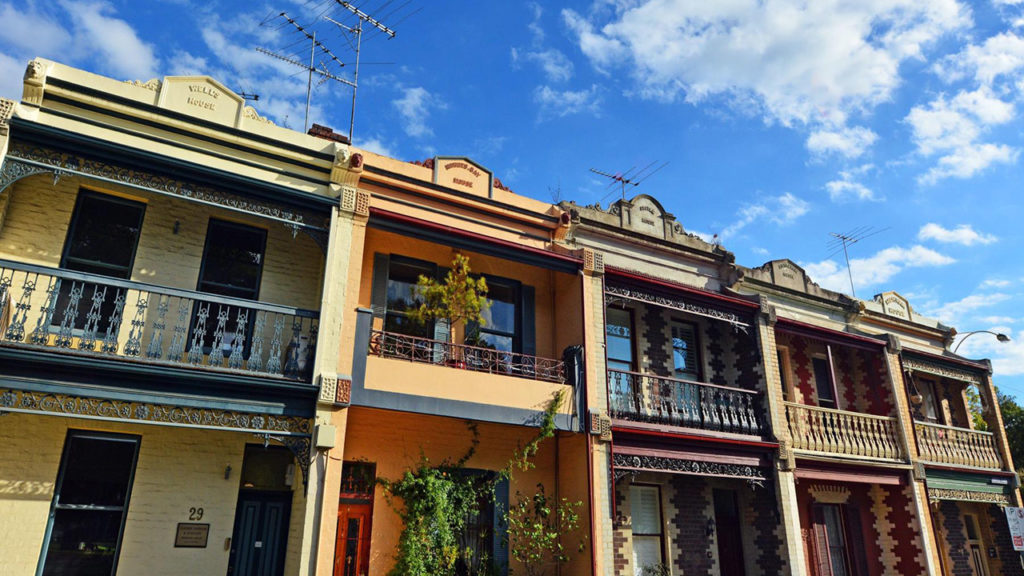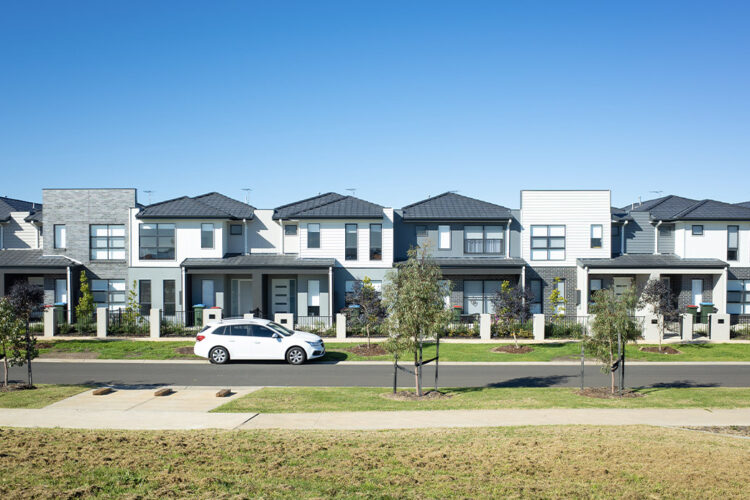Over the last two years, the Australian property market, and its booming prices, has been an investor’s dream – but not all suburbs are created equal.
A new report from Suburb Help has highlighted the 40 worst suburbs for investors nationwide, classifying them as “soft”.
A definitively “soft” property market, according to the report, is a suburb where the average time on market is in excess of 40 days, inventory levels are greater than six months with these levels decreasing by less than three months in the past year.
Suburbs were excluded from the rankings if they had fewer than 20 properties listed for sale.
Of the 20 housing markets in Australia that investors should avoid, Western Australia hosts half of them (10), the Northern Territory has a further six, and the rest of the list is filled by Victoria (3) and NSW (1).
Interestingly, despite being located next to one of Sydney’s highest-growth suburbs in relation to inventory and planned inventory, Box Hill, the only NSW suburb in the ranking, Vineyard, has inventory levels that exceed 12 months.
Veronica Morgan, chief property strategist at Suburb Help, said that identifying the perfect investment locations is currently crucial, especially as interest rates continue to rise, in order to maximise financial returns on investment.
“The reason property investors should avoid the suburbs in this report is not necessarily because they’re bad locations but because they’re bad locations as of May 2022,” she said.
She also noted that the suburbs featured in the report range from suburbs that are traditionally bad investment spots right through to previously great locations for investors that have taken a turn for the worse in recent times.
And while she said these areas might prove worthy investment spots in the future, Ms Morgan’s main advice to investors at the moment is “to avoid these markets, because there are much better alternatives”.
“Inventory levels have been rising in all these locations; and, in some instances, are extremely high,” she flagged, while at the same time, days on market are on the high side, and often rising as well.
“When you put those data points together, it suggests that prices in these locations will either grow slowly in the medium-term, or go backwards. By contrast, there are other locations in Australia that will deliver superior price growth,” she concluded.
The five Australian housing market investors should avoid are:
- Yarrawonga, Moira (Victoria)
Homes in this Victorian border town fetched a median sales price of $665,000 in May, representative of the 7.4 per cent annual price growth the town has experienced in the last 10 years. Each home will spend, on average, 51 days on the market and inventory levels currently sit 2.8 months higher than the same time last year, at 6.9 months.
2. Diggers Rest, Sunbury (Victoria)
The final Victorian suburb in the top five, homes in Diggers Rest sold for a median sales price of $625,000 in May. The north-west Melbourne suburb has experienced average yearly price growth of 8.2 per cent throughout the last decade, and inventory levels currently exceed 12 months. Additionally, properties spend an average of 42 days on the market here.
3. Girrawheen, Wanneroo (Western Australia)
Houses in this northern Perth suburb achieved a median sales price of $380,000 throughout May 2022, and a look at the larger picture reveals that the area’s annual average price growth over the past 10 years is 3 per cent. Moreover, inventory levels sit at 7.8 months, up 4.1 months from 12 months prior, with each house spending 61 days on the market on average.
4. Yokine, Stirling (Western Australia)
Homes in Yokine spent an average of 55 days on the market in May 2022, and in the same time period sold for an average price of $800,000. Inventory levels are up 3.9 months from May 2021, currently resting at 8.8 months, while annual average price growth in the last decade is 4.2 per cent.
5. Midland, Swan (Western Australia)
Rounding out the top five is Midland, a suburb in Perth’s east. Homes in Midland sold for an average price of $355,000 in May 2022, with each home spending 57 days, on average, on the market. Annual price growth for the past 10 years is 3.6 per cent, with inventory levels sitting at 10.8 months, a 4.2-month increase on the same time last year.
This article was originally published on Smart Property Investment.



